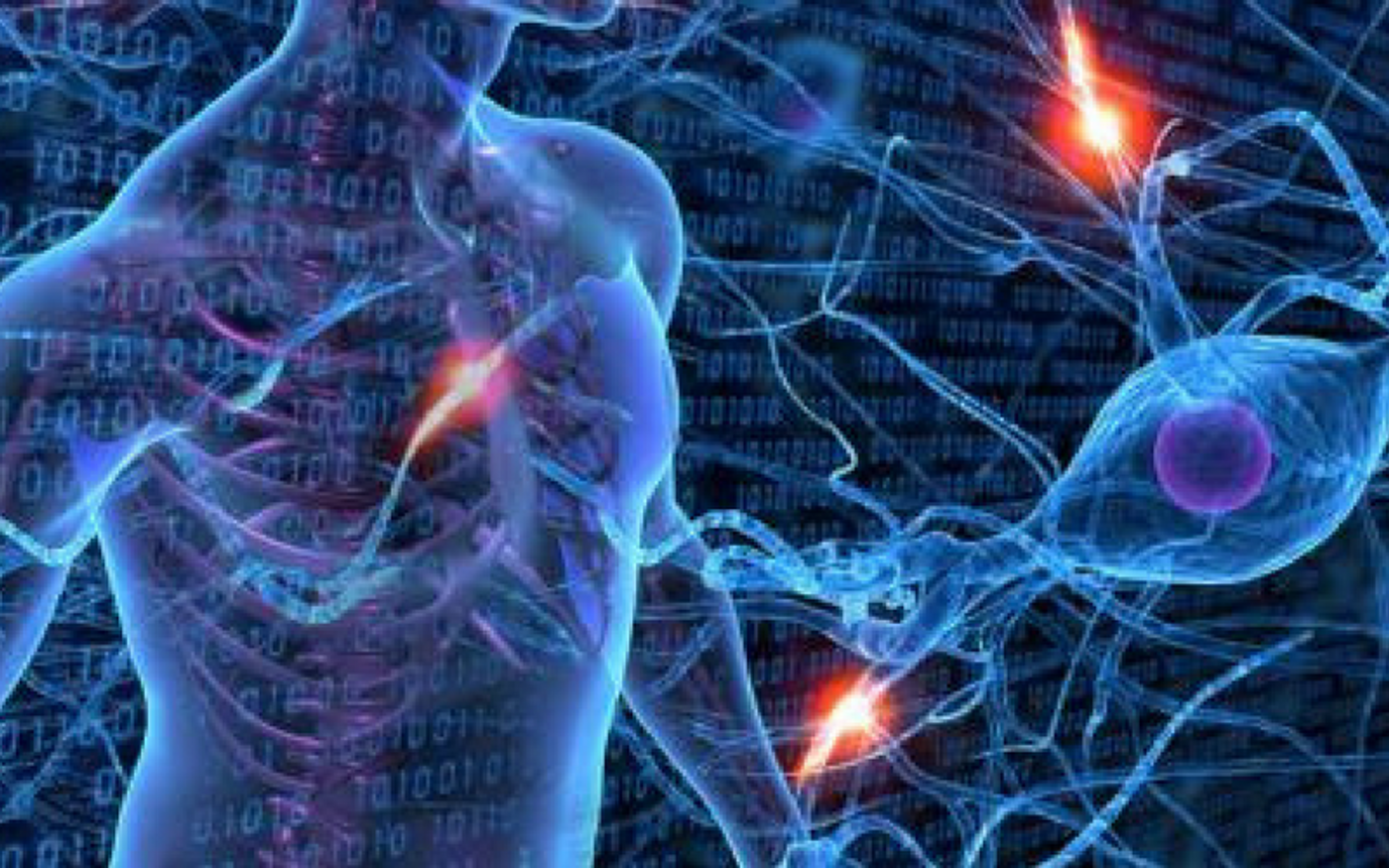The First Computer Model to Display Human Metabolic Processes in 3D
Scientists have a new way to study diseases and understand how they develop - all thanks to an algorithm that punches in information concerning the 3D structures of molecules. From the University of Luxembourg, researchers introduce Recon3D.
Recon3D is the new and improved version of Recon 2, a computer model that required a large team of scientists from different fields, who worked together to collect “an enormous volume of data on the genome, chemical metabolic activities and physiological properties of the human organism,” explained Professor Ines Thiele from the University of Luxembourg.
With the 3D structures of more than four thousand metabolites and 13 thousand proteins integrated into it, Recon3D is the first computer model to represent human metabolic processes in three dimensions. And now, it is available to the entire biomedical research community.
Researchers had to test multiple algorithms before they found the perfect candidate, and once they did, they used genetic and chemical information to make the simulation run. Recon3D helps scientists access knowledge in a brand new way.
“Now, we know precisely which atoms each substance consists of, how the atoms are arranged in the starting materials and where those very same atoms can be found again in the products of the chemical reaction,” explained Dr. Ronan Fleming.
Recon3D is particularly useful for human metabolism research. Projects in this field include evaluating metabolic processes that differ between different people, comparing healthy people to people with certain diseases, and investigating how genetic mutations lead to certain diseases. Researchers can use Recon3D to develop new therapeutic approaches.
"Recon3D lays the foundations for creating cell-type-specific models that could be used to simulate the function of tissues through to entire organs in the computer," explained Dr. Andreas Drager. “It could help to better understand the interplay between pathogens, such as bacteria or viruses, and the human host."
Recon3D comes from a group of scientists at the University of Luxembourg, the Systems Physiology group at the Luxembourg Centre for Systems Biomedicine (LCSB).
The present study was published in the journal Nature Biotechnology.
Source: University of Luxembourg









